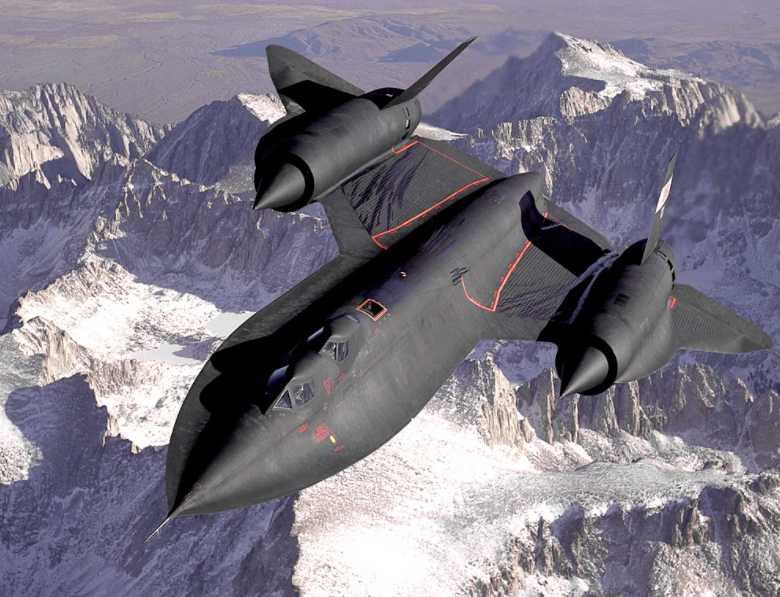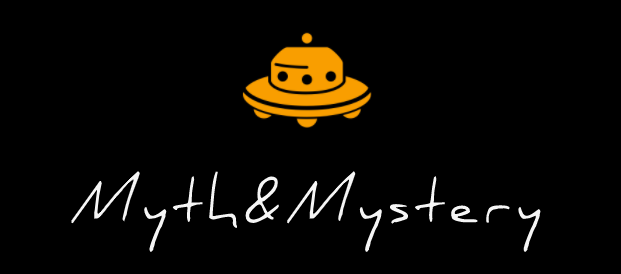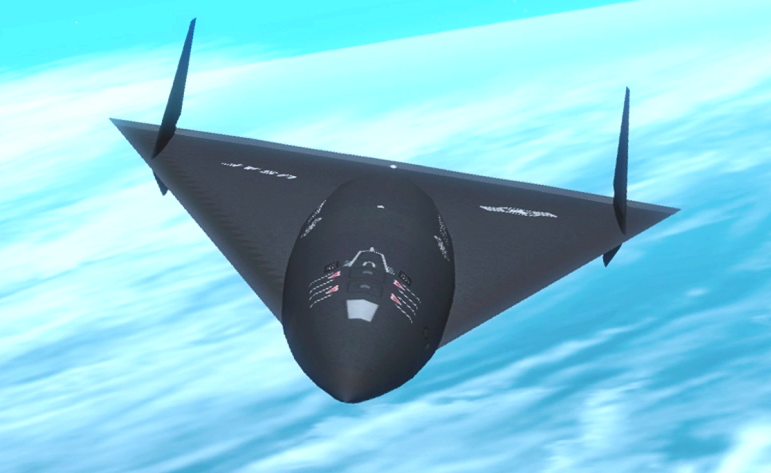The newest, most cutting-edge aircraft in the world at the time began testing and development in 1955 at a remote location selected by the Central Intelligence Agency, the U.S. Air Force, and defense contractor Lockheed Martin in the Mojave Desert of southern Nevada, about 80 miles northwest of Las Vegas.
The Nevada Test and Training Range, often known as Area 51, was not on any public map for many years, and the US government refused to even acknowledge its existence. Since the 1950s, stories about unexplained flying objects, prisoner aliens, and other enigmatic activities have circulated around Area 51 due to the site’s strict security and the experimental nature of the “black aircraft” tested there.
Even so, we now know that a number of extremely advanced, quite unique aircraft were created and tested on the salt flat known as Groom Lake, largely owing to released CIA records. Here are six of Area 51’s most fascinating planes, ranging from Cold War-era U-2 espionage planes to a totally experimental Star Trek-inspired vehicle from the 1990s.
At the height of the Cold War in the early 1950s, the CIA started a clandestine project to build a spy jet that could soar to an altitude of 70,000 feet, which was considered to be high enough to evade Soviet radar. The result was the U-2, a single-engine aircraft with wings resembling gliders created by Clarence “Kelly” Johnson, the head of Lockheed Martin’s Advanced Development Projects branch, and developed under the code name Project Aquatone (better known as Skunk Works). In under eight months, Lockheed constructed the aircraft at Skunk Works headquarters in Burbank, California, and delivered it to Area 51, which Johnson dubbed “Paradise Ranch,” for testing.
Lockheed engineers had to develop a fuel that would not evaporate at the high altitudes the U-2 was intended to travel before the aircraft was ready to take to the skies. Shell Oil Company developed a unique low-volatility kerosene fuel to tackle this difficulty by utilizing the petroleum byproducts it typically used in its “Flit” fly and insect spray. Additionally, the pressurized suits used to keep U-2 pilots alive at such high altitudes were built using technology that would ultimately be crucial to the human space program.
On August 1, 1955, the U-2 (accidentally) passed over Groom Lake for its first test flight. Less than a year later, it made its maiden flight over the USSR, becoming “immediately the most vital source of intelligence on the Soviet Union,” according to a now-declassified CIA study. But there was a price: Three CIA pilots perished in 1956 on U-2 test flights, two in Area 51 and one at a German Air Force facility. The Soviet Union forced the United States to acknowledge to espionage when they shot down a U-2 over the Russian city of Sverdlovsk in May 1960, captured its pilot, Francis Gary Powers, and imprisoned him. While President Eisenhower stopped all U-2 flights over the Soviet Union, designs for a smaller, quicker, more stealthier aircraft were already under way.
 Lockheed SR-71 Blackbird
Lockheed SR-71 Blackbird
The one-seat Archangel-12 and the two-seat SR-71 Blackbird, two of the quickest and highest flying aircraft in American history, were created under Project Oxcart, which was launched in 1957. The A-12 featured a long fuselage, two jet engines, and a recognizable cobra-like shape.
After being dismantled in Burbank and transported to Nevada on a specially made trailer that cost close to $100,000 (more than $830,000 today), the first finished A-12 landed in Area 51 in February 1962. The CIA briefed the chairman of the Federal Aviation Administration (FAA), who made sure air traffic controllers were instructed to make written reports of exceptionally fast, high-flying aircraft, rather than announce such sightings over the radio, in order to keep the A-12’s existence a secret. Nevertheless, beginning shortly after the A-12 made its first official flight over Area 51 in April 1962, claims of UFO sightings in the vicinity of Area 51 would reach new heights in the mid-’60s, according to Annie Jacobsen in Area 51: An Uncensored History of America’s Top Secret Military Base.
The A-12 was made fully operational in 1965 and started conducting flights over North Korea and Vietnam in 1967 after reaching a sustained speed of Mach 3.2 (just over 2,200 m.p.h.) at 90,000 feet of altitude. It was withdrawn the next year in favor of the SR-71 Blackbird, the Air Force’s replacement.
































